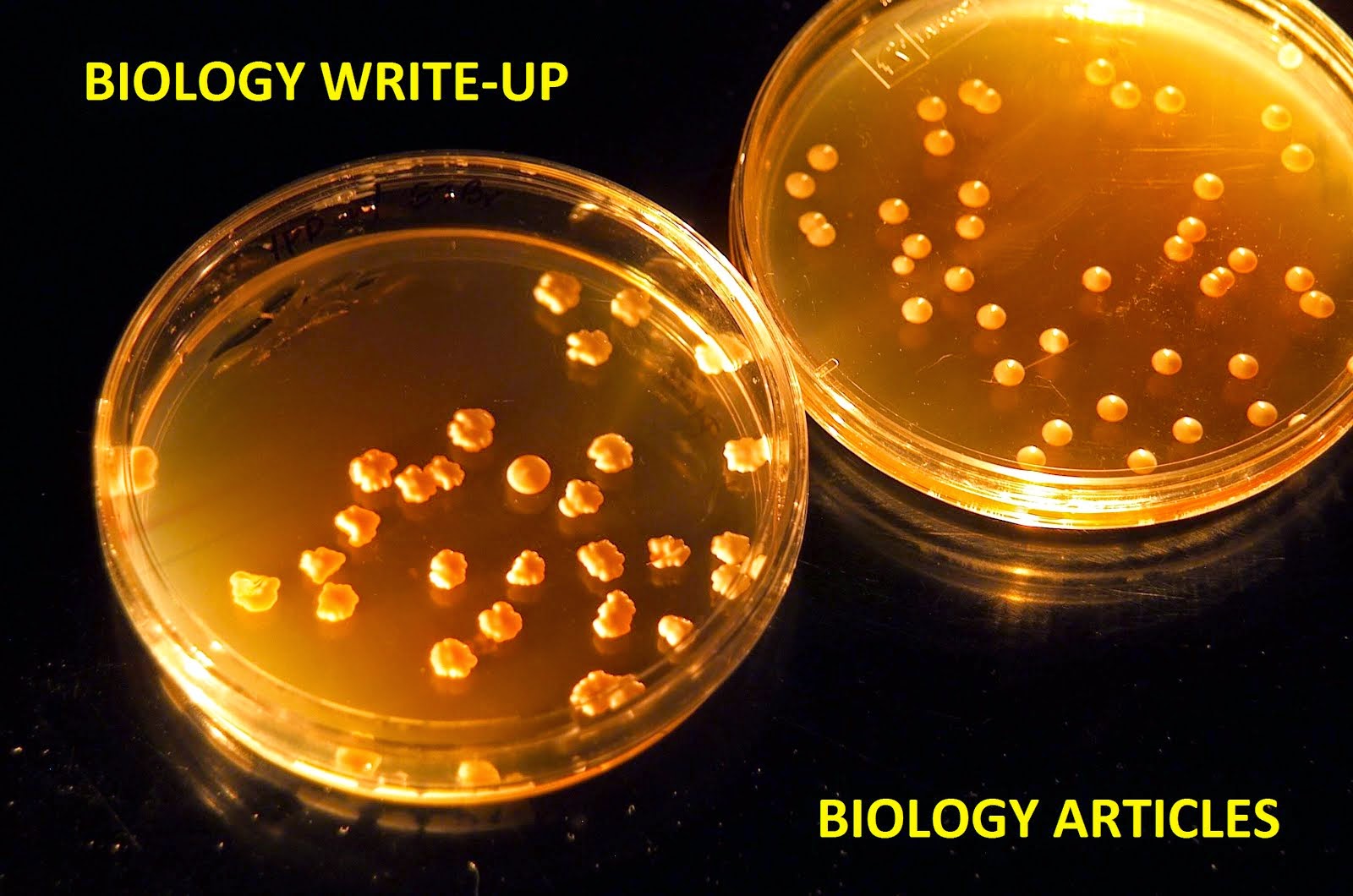DETERMINING BLOOD SUGAR BY NELSON AND SOMOGYI’S METHOD
Principle
Blood
proteins are precipitated by zinc hydroxide. The filtrate is heated with
alkaline copper reagent and the reduced Cu formed is treated with
arsenomolybdate reagent, resulting in the formation of violet, which is read in
the photometer.
Reagents
1. 5% ZnSO4
solution
2. 0.34-N
barium hydroxide These 2 solutions should be adjusted so that 5 mL ZnSO4
require 4.7–4.8 mL Ba (OH) 2 for complete neutralization.
3. Alkaline
copper reagent: Solution A: 25-gm anhydrous Na2S2O3, 25-gm Rochelle salt, 20-gm
NaHCO3, and 200-gm anhydrous Na2SO4 were dissolved in about 800 mL of water and
diluted to 1 liter. The solution was stored at room temperature and never
dipped below 20°C. It was filtered before use if any sediment was formed.
Solution B: 15% CuSO4, 5H2O containing 1 or 2 drops of concentrated H2SO4. On
the day of use, 25 parts of solution A and part of solution B were mixed. That
was the alkaline copper reagent.
4.
Arsenomolybdate color reagent: Ammonium molybdate 25 gms was dissolved in 450
mL H2O. 21 mL concentrated H2SO4 was added and mixed. Disodium orthoarsenate
(Na2H, ASO4, 7H2O) 3 gms was dissolved in 25 mL H2O and added with stirring to
the acidified molybdate solution. It was then placed in an incubator at 37°C
for 24–48 hours and stored in a glass-stoppered brown bottle.
5. Standard
glucose solution: (stock glucose solution) Exactly 0.1 gm of anhydrous pure
glucose was dissolved in 10–15 mL 0.2% benzoic acid and diluted to 100 mL with
benzoid acid solution. Three working standards were prepared by diluting 0.5,
1.0, and 2.00 mL of the stock solution to 100 mL with benzoic acid. These
solutions in benzoic acid kept indefinitely at room temperature. Working
standard: 5 mL made up to 100 mL yields 50 mg/M.
Procedure
Into a test
tube containing 3.5 mL of water, 0.1 mL of blood was introduced through a clean
dry micropipette and mixed well. To this tube, 0.2 mL of 0.3 N Ba(OH)2 was
added after the mixture turned brown. 0.2 mL ZnSO4 was added and mixed. After
10–15 minutes, the mixture was filtered through a Whatman No. 1 filter paper.
Into 2 separate test tubes, 1 mL aliquot of the filtrate was transferred and 1
mL alkaline Cu reagent was then added. These tubes were covered with glass and
placed in a boiling water bath for 20 minutes. The tubes were then cooled under
running water, 1 mL arsenomolybdate reagent was added and the solution dilute
to 25 mL with H2O simultaneously standards in 0.2 to 1.0 mL range were prepared
and a reagent blank were similarly prepared. The intensity of color produced
was red at 680 mm. The color was stable and reading may be taken at
convenience.
Report: The concentration of blood glucose
in given sample is.............. Mg/mL.
DETERMINATION OF
BLOOD GLUCOSE BY THE O-TOLUIDINE METHOD
Principle
Proteins in
blood are precipitated with trichloro acetic acid, because they interfere with
estimation. Contents are filtrated obtained is known as protein-free filtrate.
It contains glucose whose concentrate is to be determined. Equal volumes of
protein-free filtrate and glucose solution are treated simultaneously with
o-toluidine reagent (in acetic acid) and kept in a boiling-water bath. A
blue-green N-glycosylamine derivative is formed. The intensity of blue-green is
proportional to the amount of glucose present. The optical density values of
all 3 solutions are read in a photoelectric colorimeter using a red filter (625
nm) and the amount of glucose present in 100 mL of blood is calculated.
Reagents
1.
O-toluidine reagent: 90 mL of o-toluidine was added to 5 gms thiourea and
diluted to 1 liter with glacial acetic acid stored in brown bottle and the
reagent was kept in a refrigerator.
2. 10% Trichloro acetic acid (TCA).
3. Glucose
standard solution (0.1 mg/mL): 10 mg of glucose were dissolved in about 50 mL
of distilled water in a 100 mL volumetric flask. To this 30 mL of 10% TCA was
added and make up the volume to 100 mL with distilled water. 4. Blank solution:
30 mL of 10% TCA was diluted to 100 mL.
Procedure
Preparation
of protein-free filtrate: 3 mL of distilled water and 0.5 mL of blood were
taken in a dry test tube and mixed well. 1.5 mL of 10% TCA was added,
thoroughly mixed, and allowed to stand for 10 minutes before it was filtered
into a dry test tube. Development of color: Standard glucose solutions were
taken in 6 test tubes in the range of 0.2 to 1 mL, 1 mL of protein-free
filtrate was taken in a seventh test tube. To all these tubes, 5 mL of
o-toluidine was added and mixed thoroughly. The tubes were kept in boiling
water bath for 10 minutes, cooled, and the optical density read at 620 mm.
Result: The concentration of blood glucose
in a given sample is.................... Mg/mL.

No comments:
Post a Comment